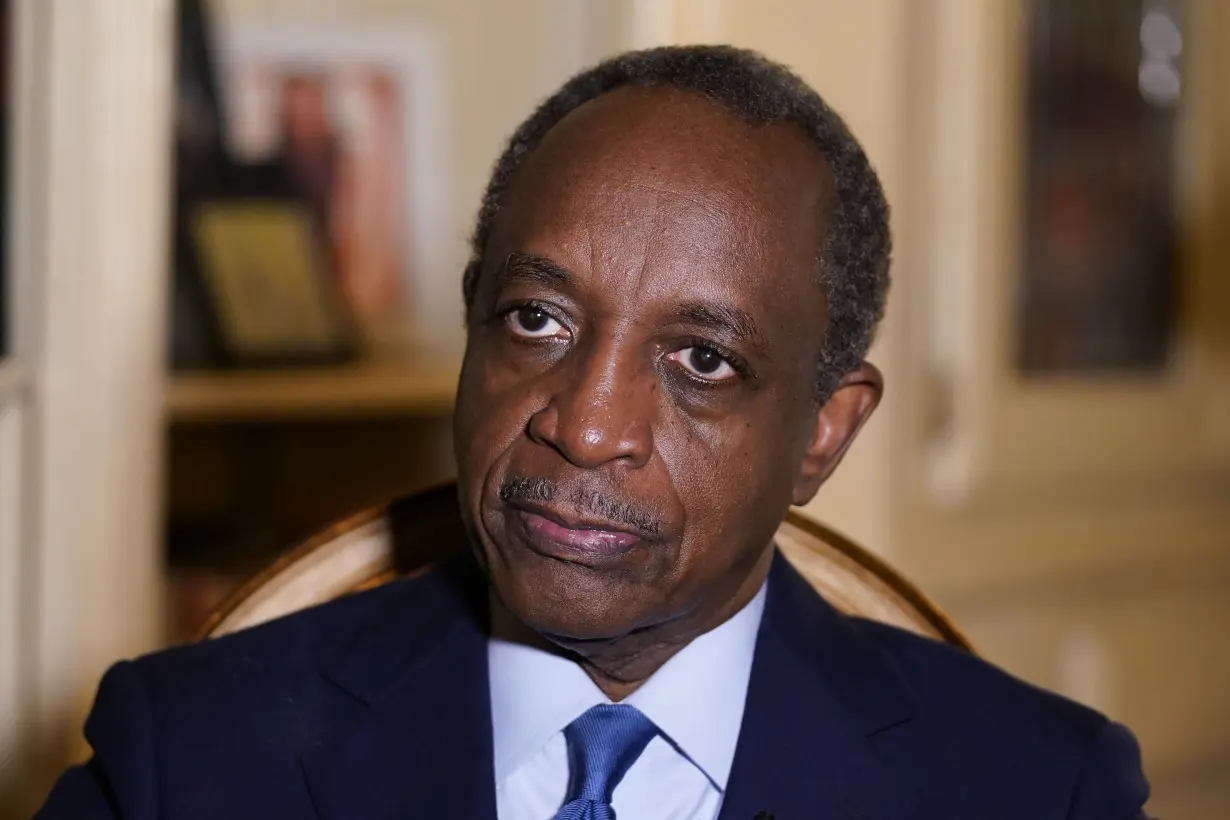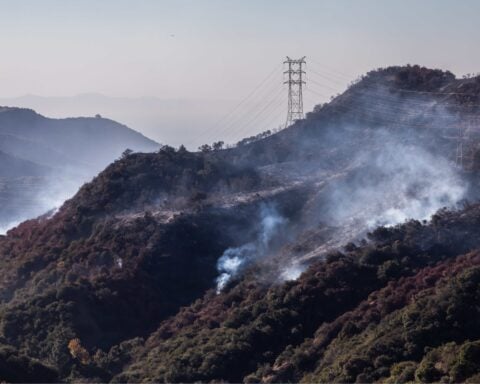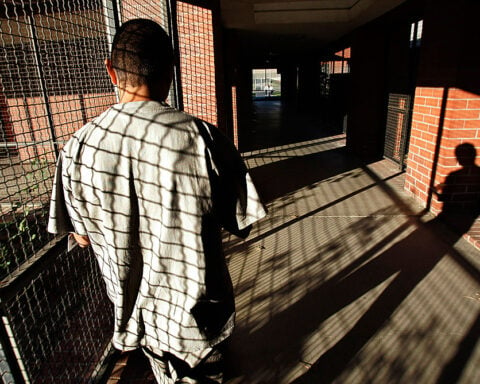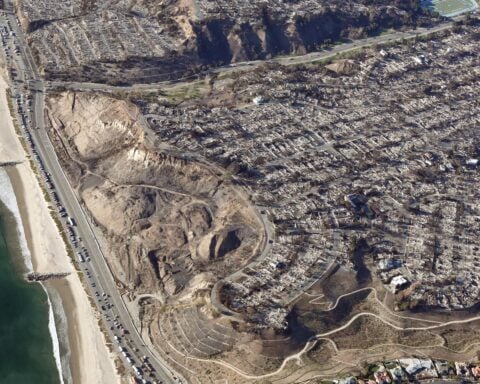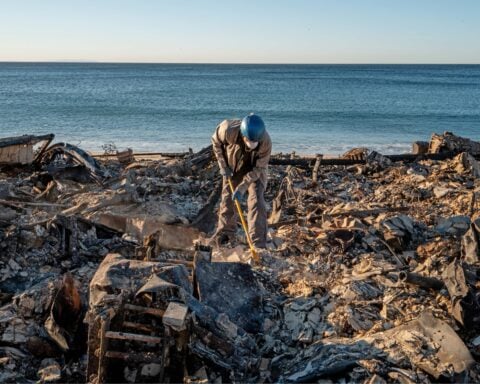SAVANNAH, Ga. (AP) — Michael Thurmond thought he was reading familiar history at the burial place of Georgia's colonial founder. Then a single sentence on a marble plaque extolling the accomplishments of James Edward Oglethorpe left him stunned speechless.
Within a lengthy tribute to the Englishman who died in 1785, the inscription read: "He was the friend of the Oppressed Negro.”
Oglethorpe led the expedition that established Georgia as the last of Britain's 13 American colonies in February 1733. Thurmond, a history aficionado and the only Black member of a Georgia delegation visiting the founder's tomb outside London, knew Oglethorpe had tried unsuccessfully to keep slaves out of the colony. Historians widely agreed he was concerned for the safety and self-sufficiency of white settlers rather than the suffering of enslaved Africans.
Could Georgia's white founding father possibly have been an ally to Black people in an era when the British Empire was forcing thousands into bondage?
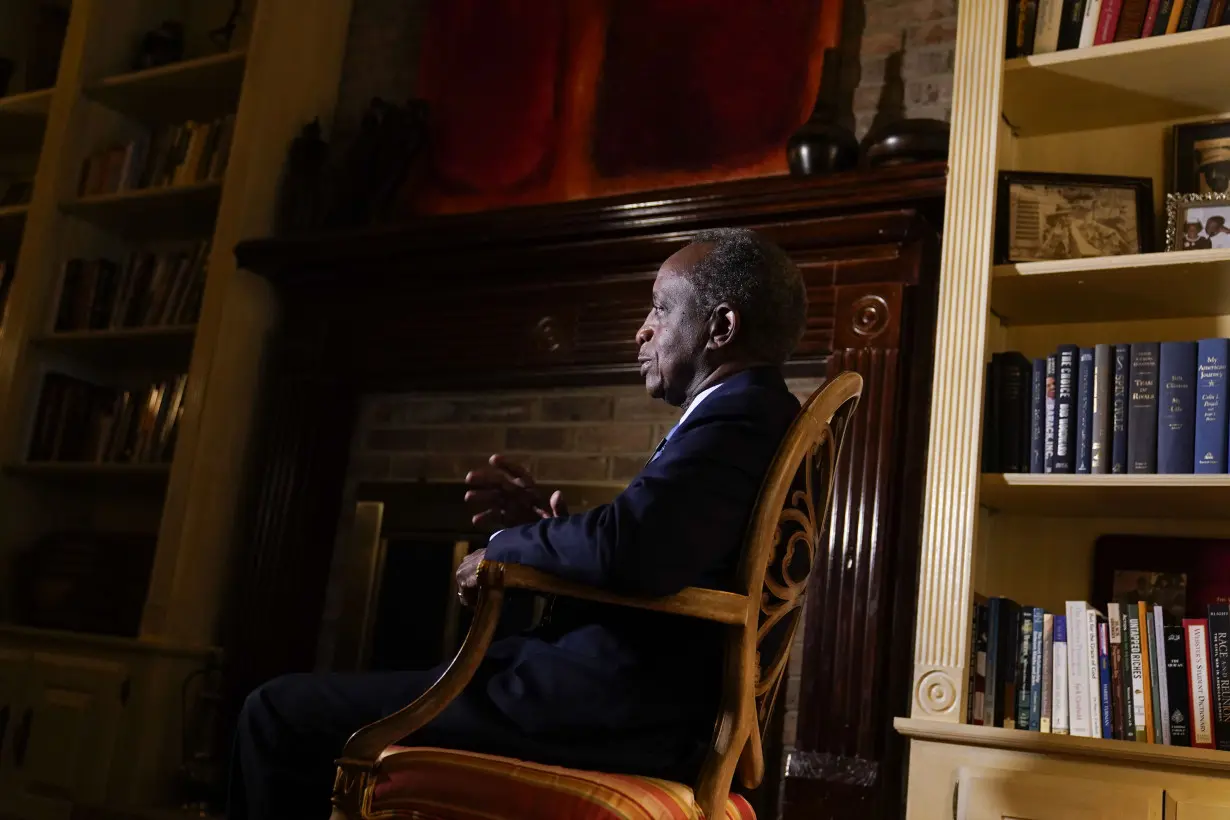
“It was stunning,” Thurmond recalled. ”Initially, I was consumed by disbelief. I didn’t believe it was true.”
Thurmond would grapple with questions raised by that visit for the next 27 years, compelled to take a closer look at Oglethorpe. Now he has written a provocatively titled book: “James Oglethorpe, Father Of Georgia — A Founder’s Journey From Slave Trader to Abolitionist.”
Published this month by the University of Georgia Press, Thurmond's book makes a case that Oglethorpe evolved to revile slavery and, unlike most white Europeans of his time, saw the humanity in enslaved Africans. And while Oglethorpe's efforts to prohibit slavery in Georgia ultimately failed, Thurmond argues he left a lasting — and largely uncredited — legacy by influencing early English abolitionists.
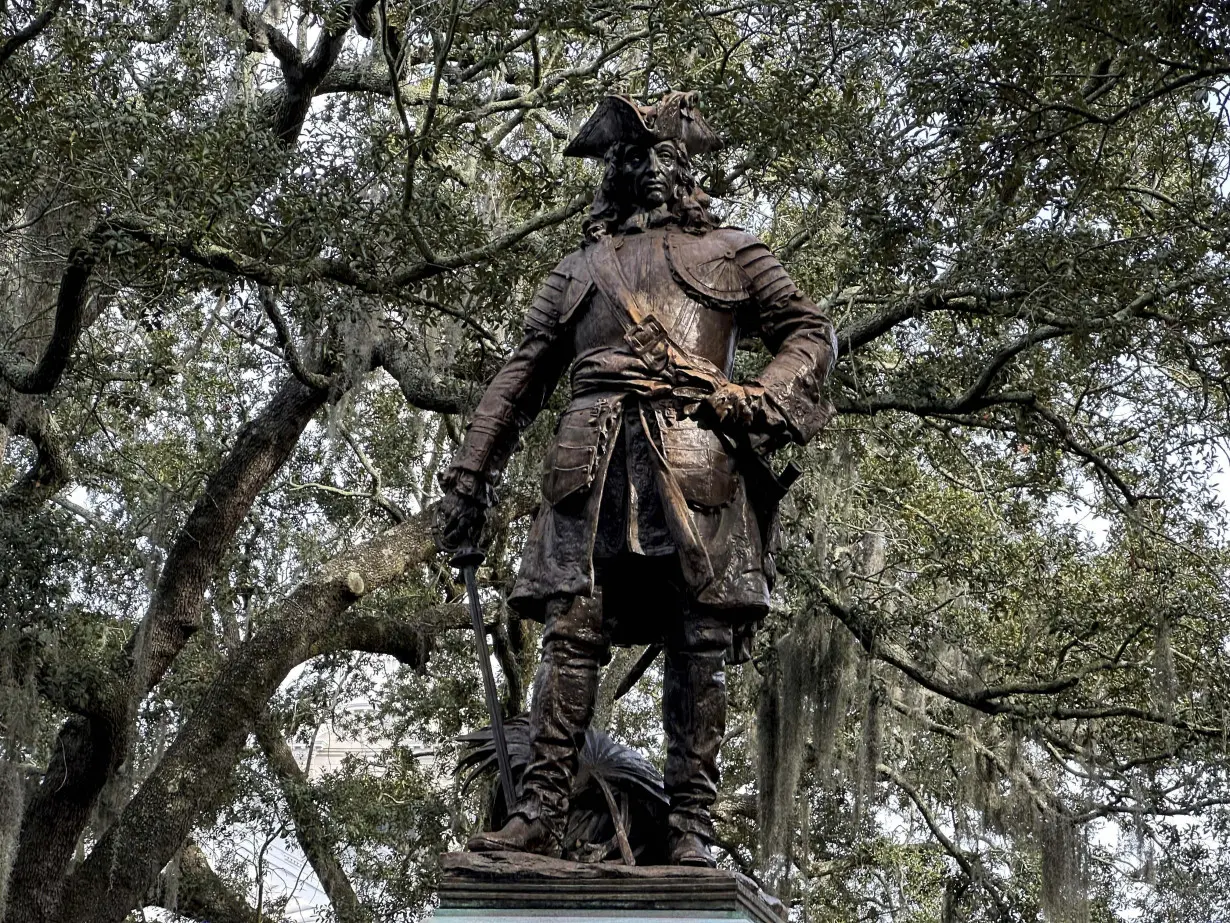
“He is shining a spotlight on the part of Oglethorpe’s life that most people have kind of thought was just periphery,” said Stan Deaton, senior historian for the Georgia Historical Society. "I think he’s thought deeply about this. And let’s be honest, there have not been many African-Americans who have written about colonial Georgia and particularly about Oglethorpe.”
Though this is Thurmond's third book about Georgia history, he's no academic. The son of a sharecropper and great-grandson of a Georgia slave, Thurmond became an attorney and has served for decades in state and local government. His 1998 election as state labor commissioner made Thurmond the first Black candidate to win statewide office in Georgia without first being appointed. He is now the elected CEO of DeKalb County, which includes portions of Atlanta.
His book traces Oglethorpe's origins as a wealthy Englishman who held a seat in Parliament and served as deputy governor of the slave-trading Royal African Company before departing for America. Thurmond argues that seeing the cruelty of slavery firsthand changed Oglethorpe, who returned to England and shared his views with activists who would become Britain's first abolitionists.
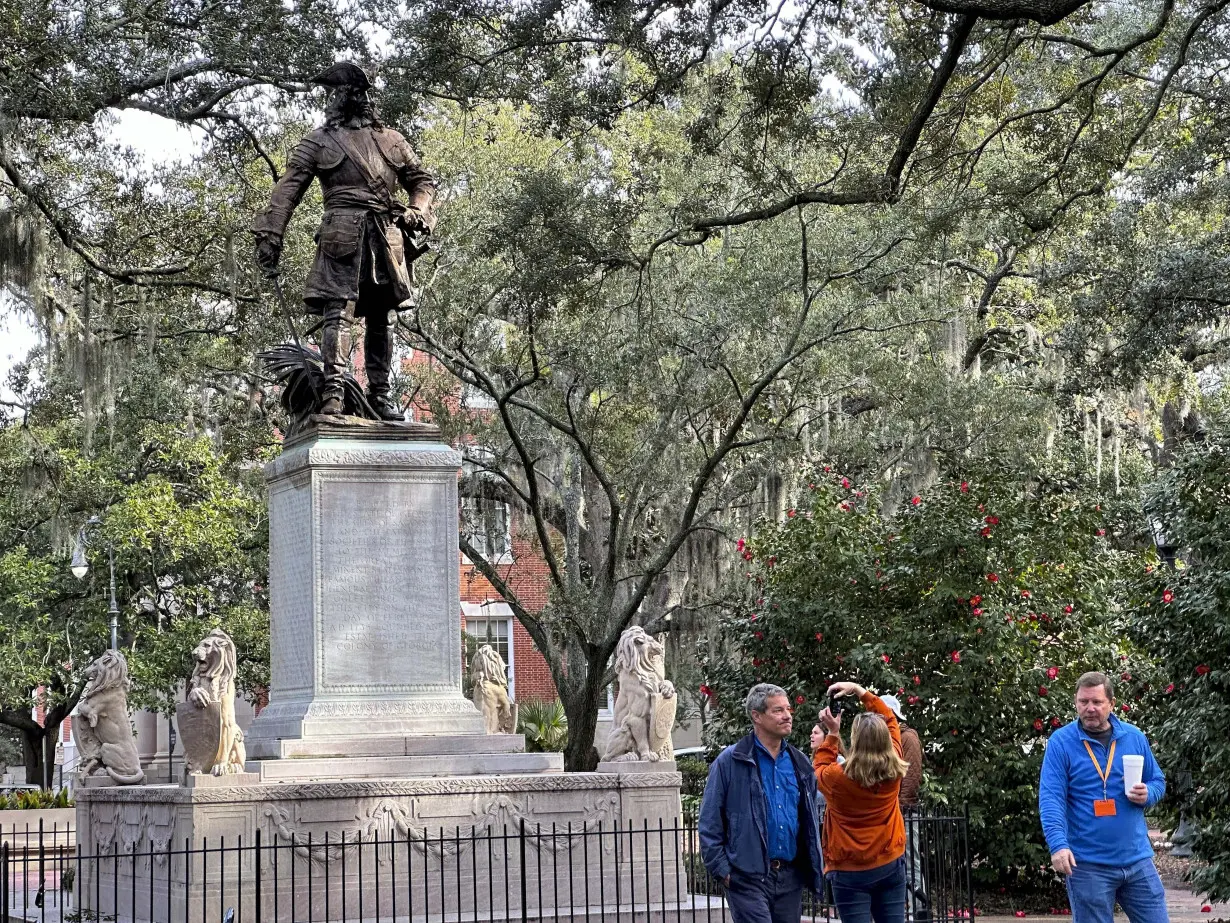
“What I tried to do is to follow the arc of his life, his evolution and development, and to weigh all of his achievements, failures and shortcomings,” Thurmond said. “Once you do that, you find that he had a uniquely important life. He helped breathe life into the movement that ultimately destroyed slavery.”
In its early years, Georgia stood alone as Britain’s only American colony in which slavery was illegal. The ban came as the population of enslaved Africans in colonial America was nearing 150,000. Black captives were being sold in New York and Boston, and they already outnumbered white settlers in South Carolina.
Historians have widely agreed Oglethorpe and his fellow Georgia trustees didn’t ban slavery because it was cruel to Black people. They saw slaves as a security risk with Georgia on the doorstep of Spanish Florida, which sought to free and enlist escaped slaves to help fight the British. They also feared slave labor would instill laziness among Georgia’s settlers, who were expected to tend their own modest farms.
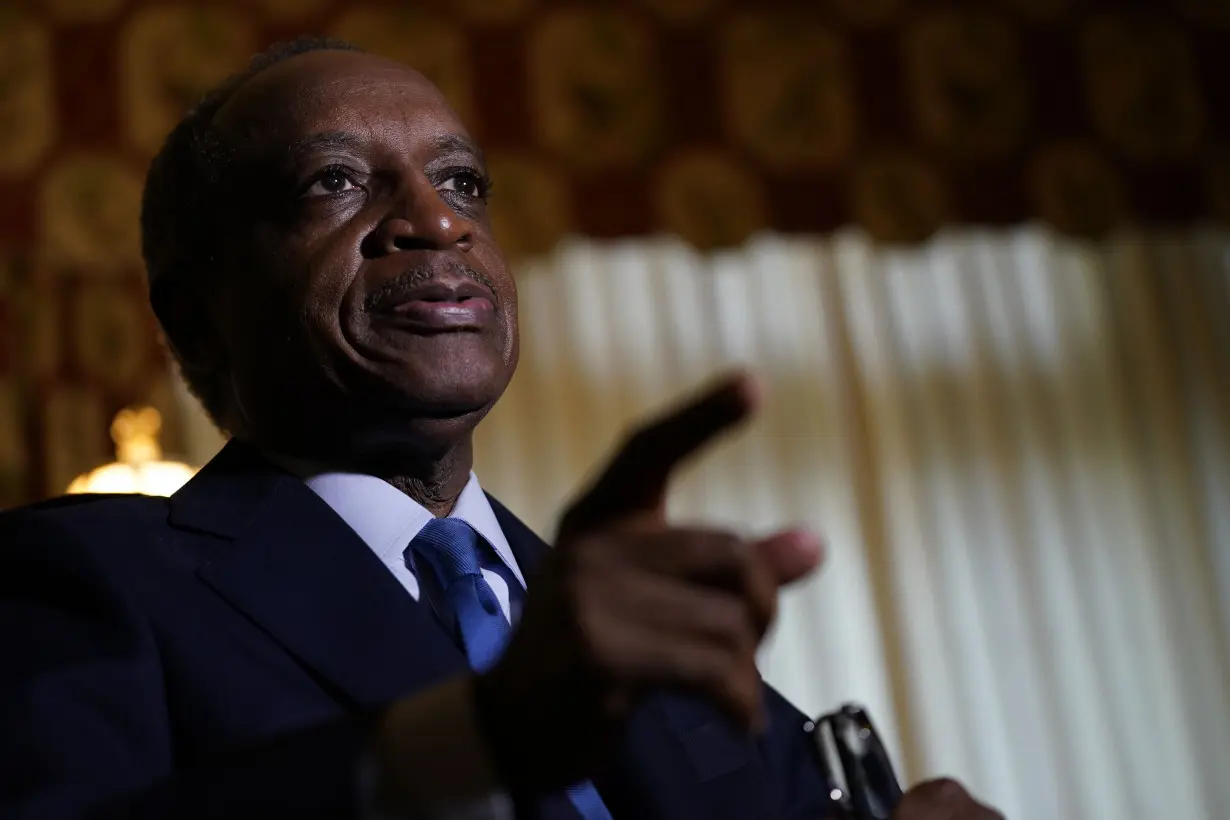
It didn’t last. The slave ban was widely ignored when Oglethorpe left Georgia for good in 1743, and its enforcement dwindled in his absence. By the time American colonists declared independence in 1776, slavery had been legal in Georgia for 25 years. When the Civil War began nearly a century later, Georgia’s enslaved population topped 462,000, more than any U.S. state except Virginia.
“At best, you could say Oglethorpe was naive,” said Gerald Horne, a professor of history and African-American studies at the University of Houston and author of the book “The Counter-Revolution of 1776.” “Almost inevitably, like kudzu in the summer, slavery started spreading in Georgia.”
Like other historians, Horne is highly skeptical of Oglethorpe being a forefather of the abolitionist movement. He says the Georgia colony ultimately protected slavery in its sister colonies by serving as a "white equivalent of the Berlin Wall” between South Carolina and Spanish Florida.
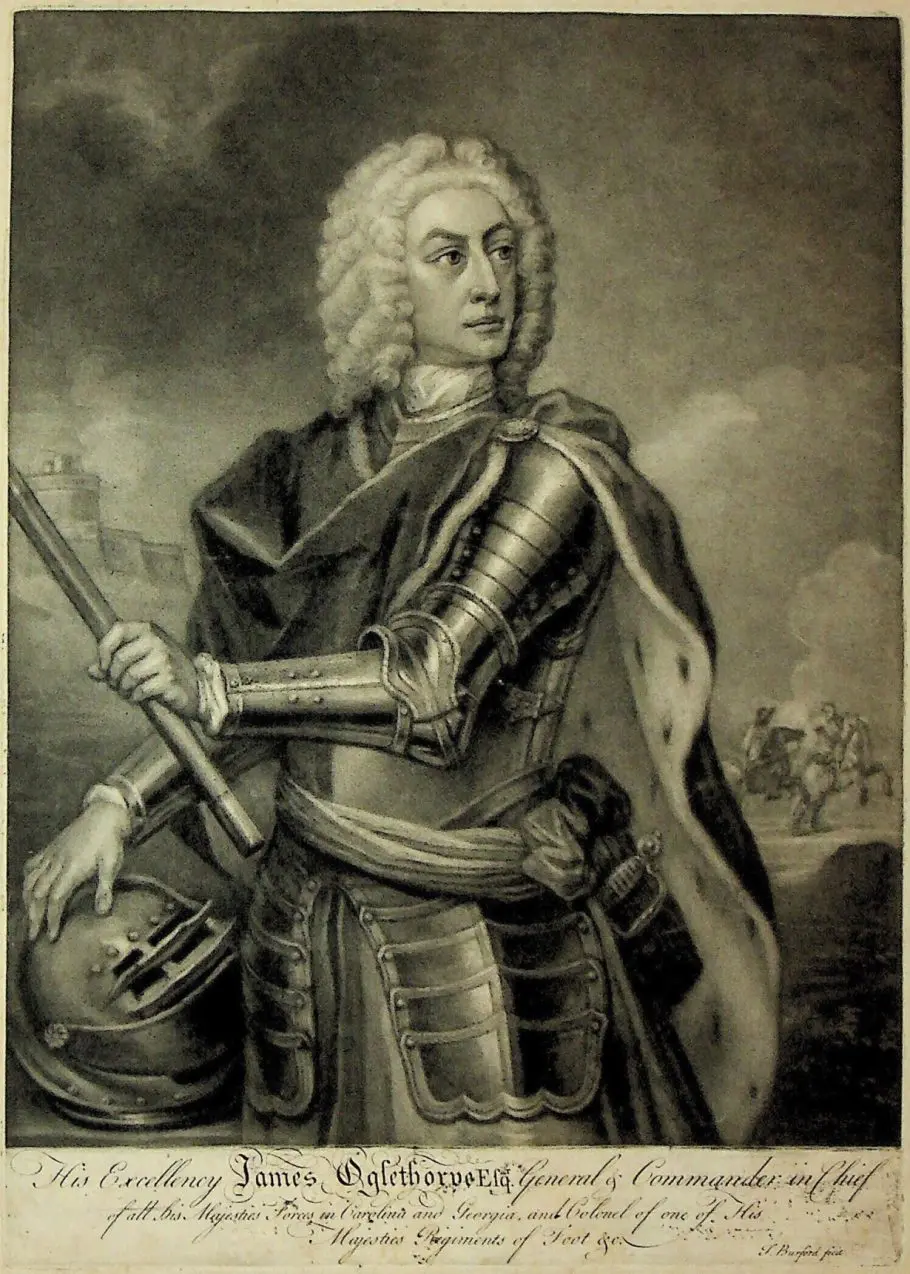
Oglethorpe used slave labor to help build homes, streets and public squares in Savannah, the colony's first city. Escaped slaves captured in Oglethorpe’s Georgia were returned to slaveholders. Some colonists angered by the slave ban made unproven accusations that Oglethorpe had a South Carolina plantation worked by slaves.
Thurmond's book openly embraces such evidence that Oglethorpe's history with slavery was at times contradictory and unflattering. That makes his case for Oglethorpe's evolution even stronger, said James F. Brooks, a University of Georgia history professor who wrote the book’s foreward.
“He has engaged with the historiography in a way that is clearly the equivalent of a professional historian,” Brooks said. “This is good stuff. He’s read everything and thought about it. I don’t see any weakness in it.”
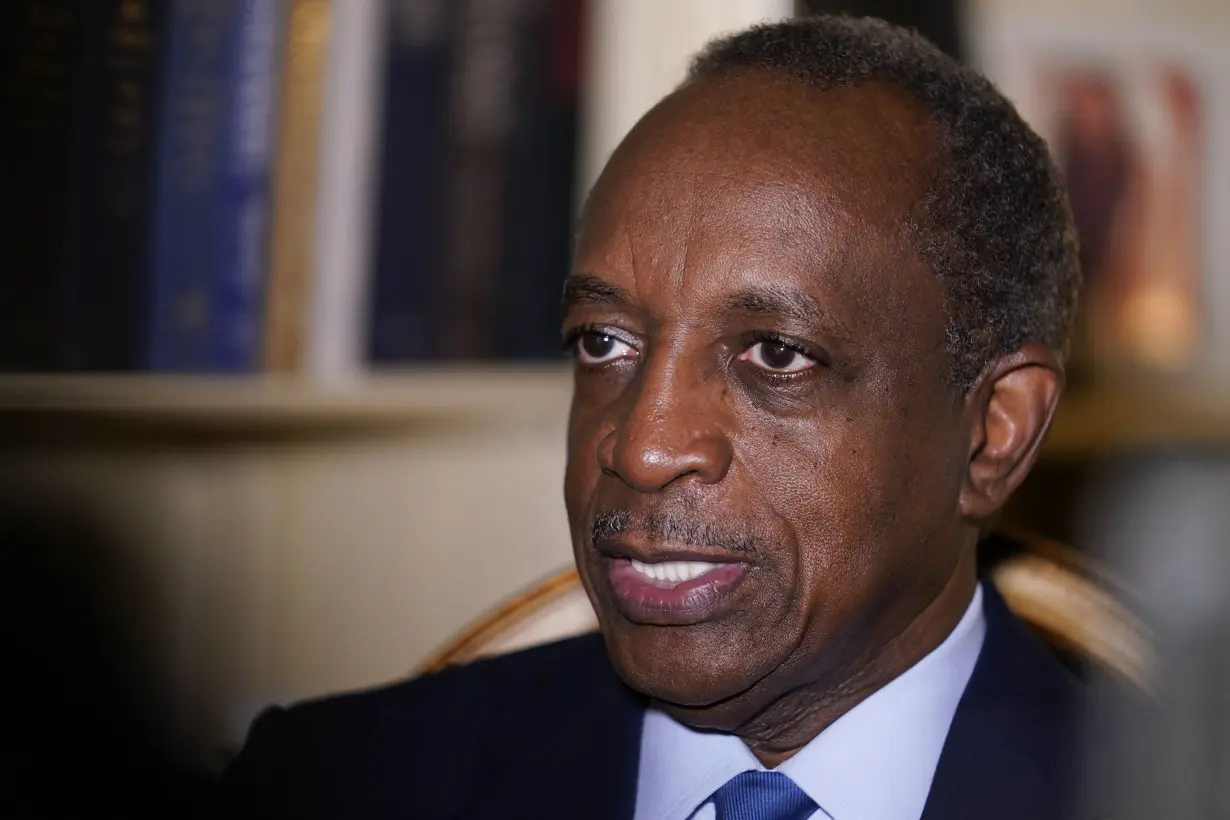
Thurmond's evidence includes a letter Oglethorpe wrote in 1739 that argues opening Georgia to slavery would “occasion the misery of thousands in Africa." Thurmond describes how Oglethorpe assisted to two formerly enslaved Black men — Ayuba Suleiman Diallo and Olaudah Equiano — whose travels to England helped stir anti-slavery sentiments among white Europeans.
Oglethorpe befriended white activists who became key figures in England's abolitionist movement. In a 1776 letter to Granville Sharp, an attorney who fought to help former slaves retain their freedom, Oglethorpe proclaimed "Africa had produced a race of heroes” in its kings and military leaders. He also spent time with the author Hannah More, whose writings called for the abolition of slavery.
In 1787, two years after Oglethorpe's death, Sharp and More were among the founders of the Society for the Abolition of the Slave Trade. Thurmond argues Oglethorpe deserves credit as an inspiration to the budding movement.
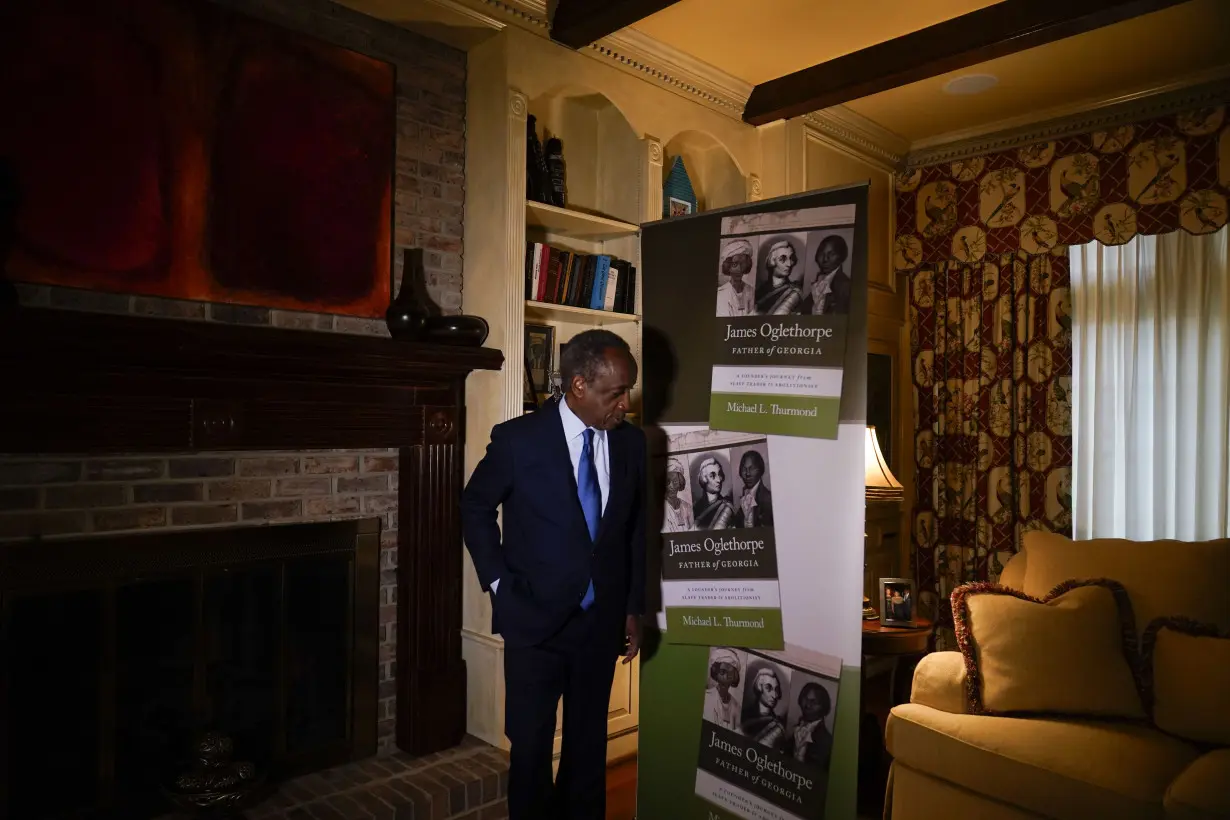
“He founded slave-free Georgia in 1733 and, 100 years later, England abolishes slavery,” followed by the U.S. in 1865, Thurmond said. “He was a man far beyond his time.”
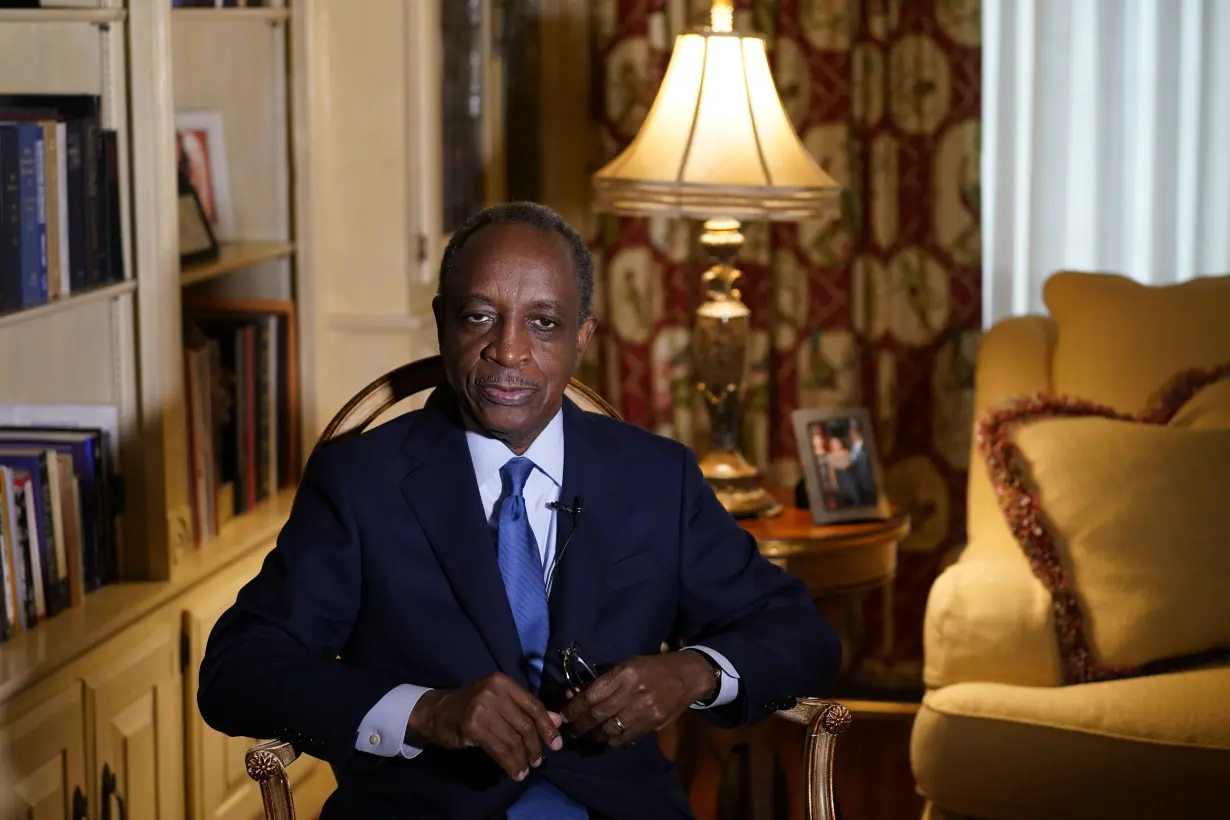

 Vulnerable Americans live in the shadow of COVID-19 as most move on
Vulnerable Americans live in the shadow of COVID-19 as most move on
 Universities are mapping where local news outlets are still thriving − and where gaps persist
Universities are mapping where local news outlets are still thriving − and where gaps persist
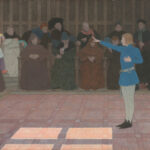 This class uses museums to show law students the high art of curating ideas
This class uses museums to show law students the high art of curating ideas
 78 dead at abandoned South Africa gold mine that was scene of a standoff. Toll is expected to rise
78 dead at abandoned South Africa gold mine that was scene of a standoff. Toll is expected to rise
 Poland's leader accuses Russia of planning acts of terror against 'airlines over the world'
Poland's leader accuses Russia of planning acts of terror against 'airlines over the world'
 China blacklists four U.S. companies for involvement in arms sales to Taiwan
China blacklists four U.S. companies for involvement in arms sales to Taiwan
 Music streams hit nearly 5 trillion in 2024. Women pop performers lead the charge in the US
Music streams hit nearly 5 trillion in 2024. Women pop performers lead the charge in the US
 Italy's Salvini faces calls to quit over late-running trains
Italy's Salvini faces calls to quit over late-running trains
